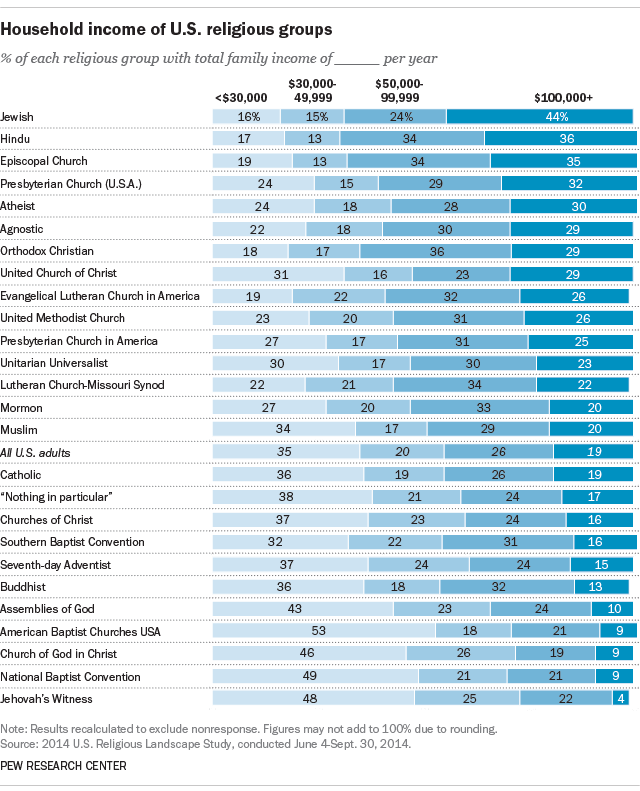A committee tasked with identifying and recommending possible changes to make in the Church of England is considering a change in a church requirement on the regularity of church services. A few facts provide the context. First, there are official church policies requiring that certain worship services be held on certain days and times of the year (Canons B11 and B14), irrespective of how many people are in attendance. Second, the Church of England has experienced tremendous decline in attendance during the last decades. Third, in many rural areas these worship services are held even when only one or two people are in attendance. This results in an inefficient allocation of church resources because a lot of resources are required to produce those worship services. Relaxing the requirement would allow parishes to adapt their worship services to the local conditions. This
article summarizes the situation.
Enabling the parishes to better adapt to local conditions sounds like a perfectly reasonable change to make. It frees up clergy and church resources for other ministering activities. However, what those other activities should be is less clear. The Church of England's long-run decline will not be stopped by this change, and holding fewer services does not seem like a spark that will ignite growth.
Perhaps the Church of England can learn from other denominations that consolidate congregations when membership shrinks in an area. For example, parishes could be closed or combined, e.g., combining two small, struggling parishes into one larger, thriving one. The Church of England is congregationally based, so having thriving congregations will be the key to success because it is in the congregations that most religious production and consumption occurs.
This story also highlights a tension that can exist between congregation and denomination. The denomination's policies require the congregations to undertake certain very costly activities that yield relatively low value due to the poor attendance. Relaxing denomination policies to grant more autonomy to the parishes would allow the parishes better latitude in adapting their activities.



